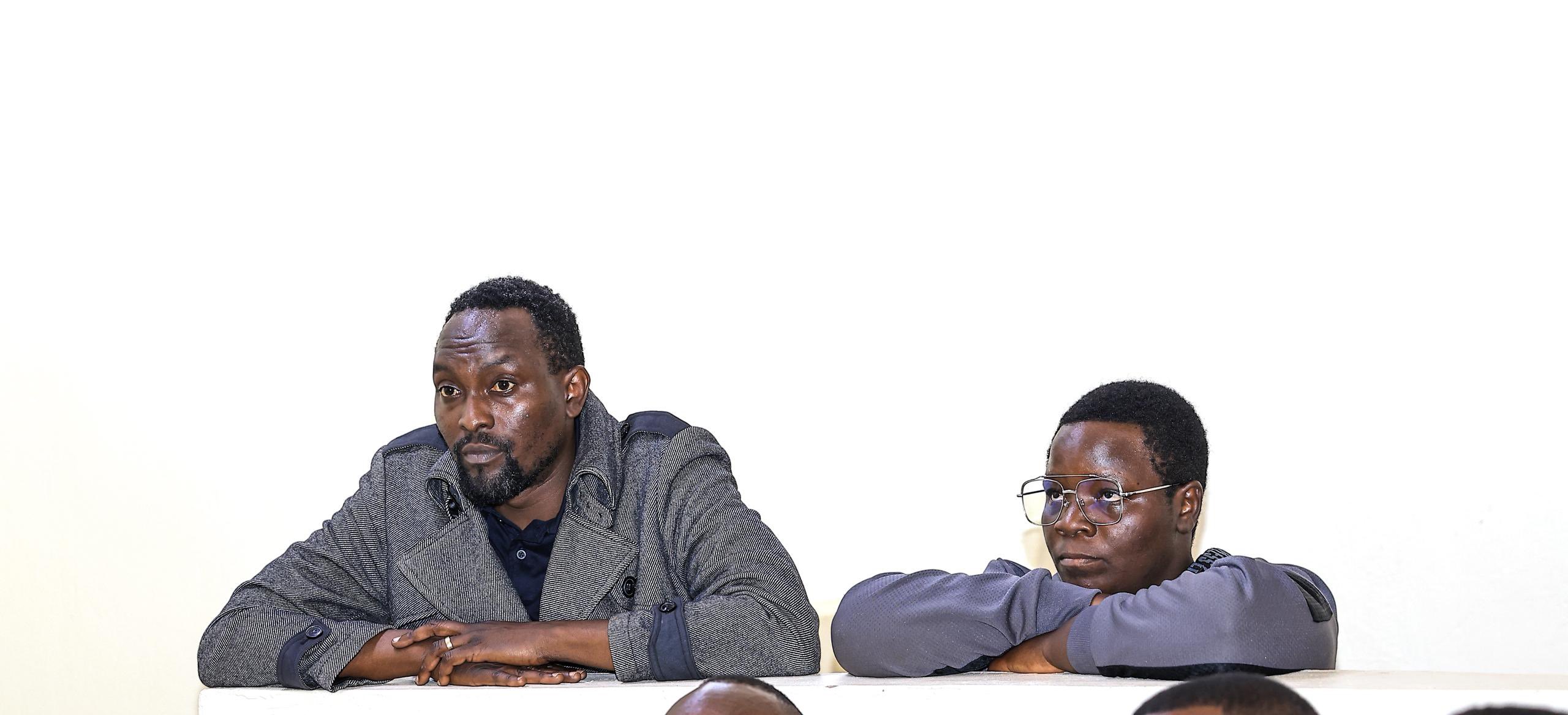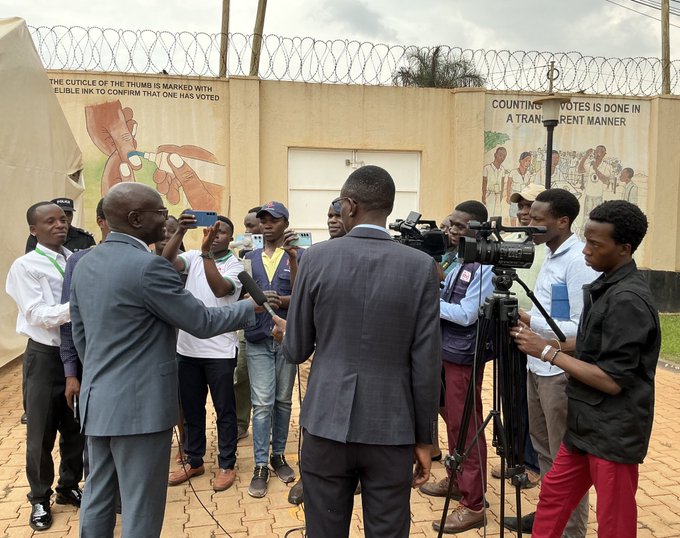Opposition questions why Finance ministry has allocated more money to public administration programs
In the opposition response to the BFP laid on the floor of parliament by shadow minister for Finance Ibrahim Ssemujju Nganda, questions have been raised about the cost of administration in the next financial year being higher than what has been allocated to manufacturing.

As Parliament prepares to debate and pass the 2024/25 financial year national Budget Framework Paper (BFP) with a projected resource envelope of Shs52.722 trillion, the opposition leadership has questioned why the Ministry of Finance has allocated more money to public administration programs, than it is for other sectors of the economy.
In the opposition response to the BFP laid on the floor of parliament by shadow minister for Finance Ibrahim Ssemujju Nganda, questions have been raised about the cost of administration in the next financial year being higher than what has been allocated to manufacturing.
According to the BFP that has been processed by the budget committee, the ministry of finance allocated Shs7.4 trillion to public administration. Meanwhile, the budget for manufacturing has been reduced from Shs218 billion in the current financial year to Shs105 billion in the 2024/25 BFP.
In the current program-based planning and budgeting, public administration is represented on the BFP as the governance and security program. Under this program, there are the Ministry of Defence, State House, President’s Office, Office of the Prime Minister, Electoral Commission and the Ministry of Internal Affairs, among others.
Ssemujju, also Kira Municipality member of parliament, in his statement, which will be debated together with the BFP, argues that most of the expenditures in public administration can be avoided by putting a halt on the creation of new administrative units.
“The Electoral Commission, on page 62 of its strategic plan, reveals that elective positions in the country have grown from 70,568 in 2006 to 1,612,295 during the 2021 violent elections. This does not include women councils and committees plus other administrative units. When you add them, the total number of elective positions is 2.8 million. The Electoral Commission has projected elective offices to grow to 3.3 million with the creation of more districts, municipalities, sub-counties, parishes and villages,” reads part of the statement.
To conduct elections for the projected 3.3 million leaders in Uganda, the EC plans to spend Shs2.5 trillion, of which Shs1.5 trillion would be spent on election day costs alone. The 2026 general elections cycle is planned to be between January and February 2026, while special interest groups like the youth, elderly, workers and persons with disabilities will be conducted earlier.
With a soaring public debt burden resting on the shoulders of taxpayers, the opposition is worried about the trend of borrowing. Next financial year, the government proposes to spend a whooping Shs22 trillion (49 percent of the budget) on public debt repayment. This, to the opposition, is “worrying” because the projections indicate that domestic revenue will only increase by about Shs285 billion, where the Uganda Revenue Authority (URA) is expected to collect Shs29.9 trillion.
Ssemujju also discussed the conflicting reports about the current status of the public debt stock with the Auditor General, Bank of Uganda and Ministry of Finance providing different figures. Using the figures in the Auditor General’s report for the financial year ending June 30, 2023, Ssemujju questioned the country’s continuous appetite for loans.
“Inevitably, our total public debt burden, which stands at Shs97.499 trillion as of June 30, 2023, according to the Auditor General, will continue growing. Domestic debt stock is at Shs44.673 trillion, and external debt is at Shs52.826 trillion. Debt stock has increased by 111 percent in the last five years, from Shs46 trillion in 2018 to Shs97.499 trillion in 2023. This financial year alone, we have so far grown the public debt by Shs9.329 trillion (10.74 percent) because, in June, it was Shs86.839 trillion,” he added in his statement.
The shadow Minister blamed the rapidly increasing debt stock on poor planning by the National Resistance Movement (NRM) government, which takes loans before completing the designs and plans for the intended projects.
Other areas where the opposition has raised a red flag on the current budgeting process include domestic arrears, which stand at Shs5.9 trillion with only Shs217 billion proposed for payment in next financial year; flawed expenditure priorities; underfunding of the health sector; overfunding of State House; and, reduction of the education budget.







